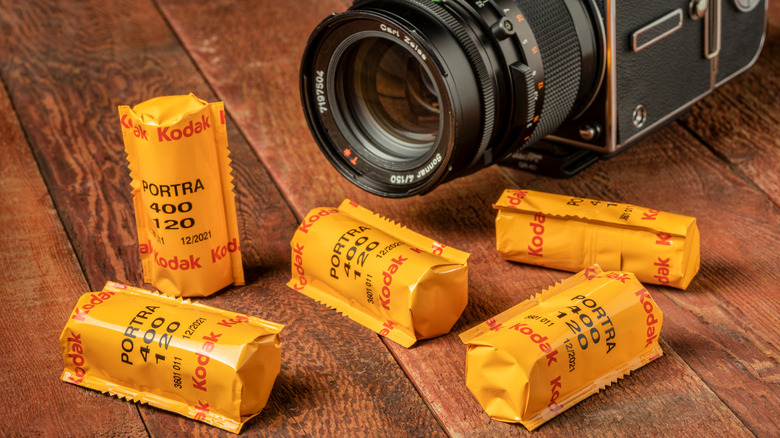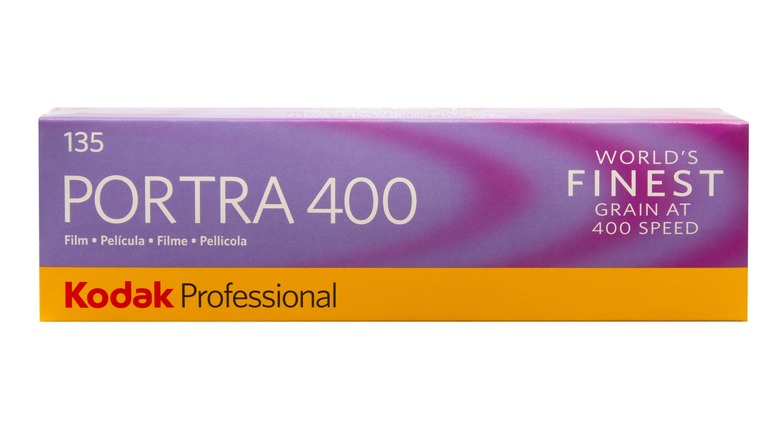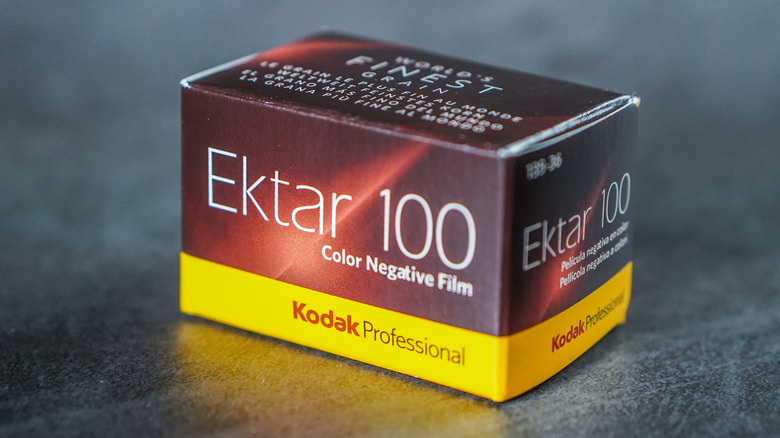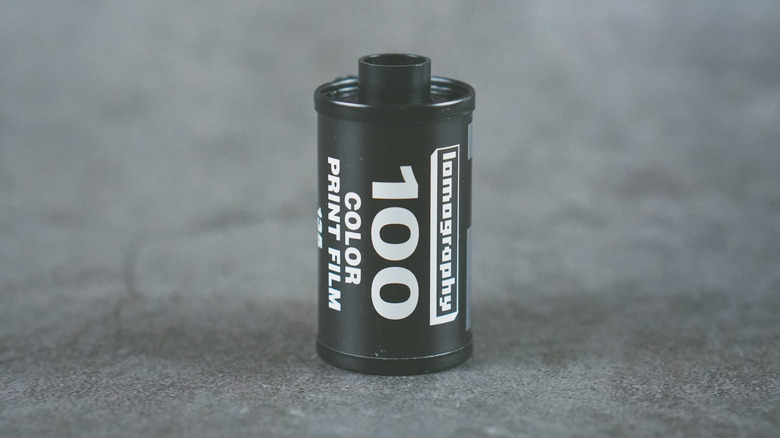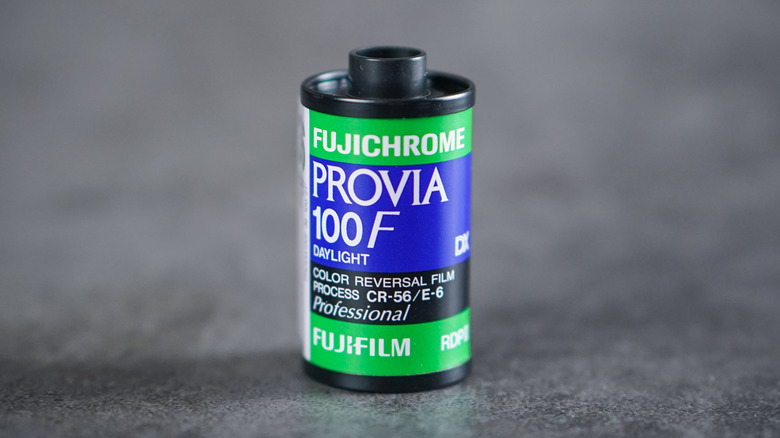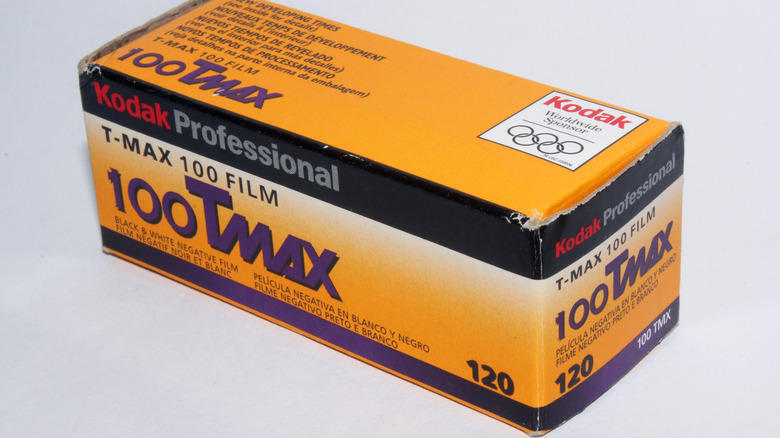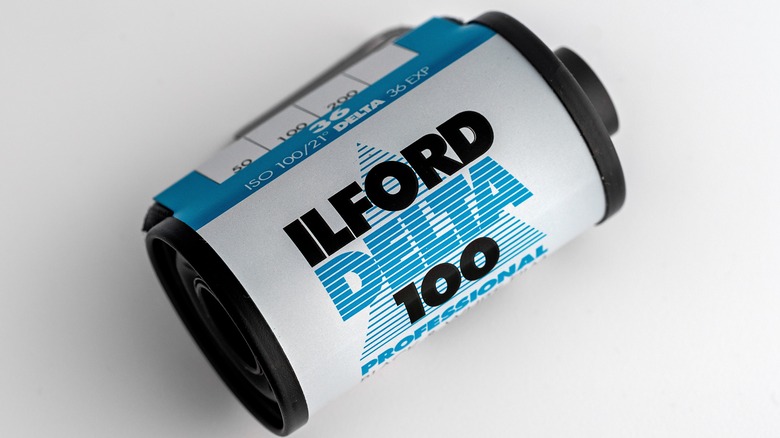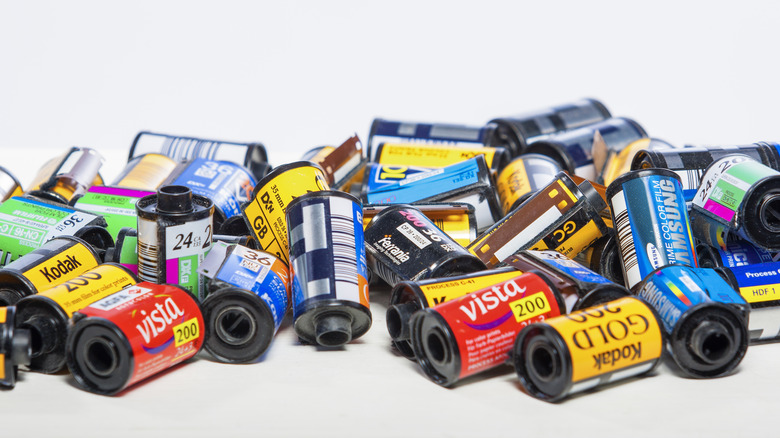The Best 35mm Film For Still Life Photography In 2024
We may receive a commission on purchases made from links.
People may get a little caught up on which 35mm camera they should buy or which lenses are essential to their arsenal, as both are necessary to take your skills to the next level. However, what is arguably more important is selecting the right 35mm film to go inside that camera.
Films differ from each other in their film grain, color production, and light sensitivity, and if you take a picture of the same thing with 10 different films, you are going to get 10 wildly different pictures. You probably are not going to use the same film to shoot a pastural landscape as you are a person's portrait in a studio. When it comes to still life photography, the answer for what film you should use is a little complicated.
People shoot still life pictures in a wide variety of ways. You could be shooting in a controlled studio environment or outside on a sunny day. You could want to shoot in color or black and white. You could want to get the most naturalistic colors imaginable or use the trappings of still life to push the artifice in a creative way. Whatever still life style you want to employ, there is a film out there for you. Based on my own experience with film and the opinions of other publications and photographers, here are six different films you'll want to check out for your still life photography.
Kodak Portra
The first 35mm film on the list is arguably the most popular professional grade celluloid out there: Kodak Portra. The reason why this has become such a coveted film in recent years is due in large part to its color production. In fact, apps like VSCO have even made digital Kodak filters to try and replicate its retro look.
The Kodak Portra 400, in particular, has an ISO speed that makes it an incredibly versatile film stock, as you are able to produce fine grain images in spaces with a lot of light or even some lower light situations as well. This would allow you to really capture things in their natural element in still life photography, particularly if you don't have control over the environment you are shooting.
If you do have that control and are shooting in a studio, then the Kodak Portra 160 may be the better option for you. This is a slower film, which means it requires more light to get proper exposure of the image. The photos can be stellar, and you still get that terrific naturalistic color and an even finer grain. No matter which Kodak Portra stock you decide to get, you may be paying a slight premium on it. Because it's become so popular, stock is limited, and prices have risen to around $70-75 for five rolls.
Kodak Ektar 100
While the next Kodak film doesn't get quite as much love as the Portra, it is still a fantastic film stock. Personally, the Kodak Ektar 100 is the stock I use most often in my life. Like the Portra, this is also a color negative film, but the properties of it are quite a bit different than the previous entry on the list.
First off, the Ektar has an even lower ISO of 100, so you may need just a bit more light to get your pristine still life images, though you will be getting an even finer grain. Beyond that, the images seem a bit less natural than Portra's. The images it produces tend to be more high contrast, which can make for striking shadows, and the colors are more saturated. Overall, there is a slight blueish tint that bathes the image, but for warmer colors like red within the frame, the saturation really makes those pop against that tint.
In terms of still life photography, these vibrant colors can deliver a punch to your photographs that the Portra just cannot produce. If naturalism is your goal, the Kodak Ektar 100 may frustrate you, but if you want that life to pop, you can get three rolls for $49.95.
Lomography 100
For the last color negative film on the list, we are going to go with something that is a little more forgiving when it comes to purchase price, but nonetheless still provides the ability to capture incredibly striking images. The third entry here is the Lomography 100. If the coloration of the Ektar 100 was a bit too wild for you, then this film stock should be more in line with your idea of color production.
Rather than the blueish tint, the Lomography 100 produces very warm images overall. This has lead many photographers and publications to call the look of the film "retro" or "nostalgic." While that may be the case if one is using it for shots of people or landscapes in particular, that may not be true when it comes to still life photography. The colors instead will amplify the precision of this style of work and make it leap out at the viewer.
The Lomography 100 does not feature quite as fine a grain as the Kodak film stocks, and there is some detail that can get lost in the shadowier parts of the image. However, neither of these are necessarily drawbacks and would make for rather unique still life photographs. Lomography sells a pack of three rolls for $35.90.
Fujichrome Provia 100F
Color negative film means that when you take a picture, a negative is produced, and it is not until a positive is printed that you see the photograph. Color negative film is the most common type of 35mm out there, and while it may be the most accessible and easiest to get developed, there are other types of film stocks that can produce very different — but exciting — results for a photographer. For example, color reversal film stock, also known as slide film, immediately produces a positive image, so you can see your photo on the celluloid. If you watched Season 2 of the HBO show "Euphoria" and were struck by its vibrancy, that is due in large part to it being shot on color reversal film.
Your best bet for color reversal stock is going to be the FujiChrome Provia 100F from FujiFilm. While still quite saturated, the color temperature tends to lean on the cooler side with a more balanced look across the image. Reversal stock is more susceptible to blowing out highlights and crushing blacks, but in a well lit, controlled environment for still life photography, you can get some truly stunning images that no color negative film is ever going to be able to replicate. FujiChrome Provia 100F is definitely not cheap though, and a single roll can cost you nearly $30. You might want to experiment with this film before you commit to a large order.
Kodak T-Max 100
You can also choose to shoot your work in black and white, and many photographers will shoot exclusively in that format. Luckily, there are many available quality black-and-white film stocks out there. For the first one on this list, we need to go back to the celluloid king, Kodak, which produces T-Max 100 film.
Like the color Kodak film stocks mentioned earlier, the T-Max 100 is another modern, very fine grain stock. Another huge plus is that it is incredibly detailed, which is extra important when working with monochromatic images. The T-Max 100 is so good at capturing distinct shadows and highlights, especially when you are in a controlled studio setting. That is what makes this such a great black-and-white film for carefully constructed still life photography.
Compared to its color counterparts, the T-Max 100 is also more affordable. You can get five rolls for $64.95, and if you are content with 24 exposures per roll instead of 36, you can cut that price down even more to $54.75. Kodak also makes a T-Max 400 stock if you want a faster speed film.
Ilford Delta
While Kodak may be the overall celluloid king, there is one other company you should be looking at if you are dead set on using black-and-white 35mm film for your photography work: Ilford. While the company has dabbled in color here and there over its nearly 150-year history, the focus of its celluloid production has always been more geared toward the monochromatic aesthetic. The type of black-and-white film with the widest range of uses has to be the Ilford Delta line of film.
While the Delta does have a 3200 ISO model, the ones you should be looking at for still life photography are the 100 and 400 ISO films, as that high ISO one is meant for incredibly low-light situations, and light should not be that much of an issue in a controlled still life setting These are fine grain films that deliver a good deal of detail and sharpness, though the 400 can make the grain more noticeable if even moderately overexposed. Ilford makes another 400 ISO film called HP5 Plus that is quite popular, but the Delta is the better option for the finer grain, producing a more professional look with greater sharpness.
These Ilford Delta films also cost less than the aforementioned Kodak black-and-white film. You can get a three-pack of Delta 100s for $39.85, and a three-pack of the 400 for $39.74.
Why these 35mm films were chosen
Although film photography is overall on the downturn compared to the pre-digital days, there are still a large number of films out there to choose from. We wanted to make sure each kind of 35mm film that are available was represented, which is why color negative, color reversal, and black-and-white films all are featured. Because we are focused on still life photography, we also selected films that tended to have lower ISOs, as higher ISO ones are not necessarily ideal for well-lit, controlled photography like still life.
To determine which films were the best of the best for this setting, we consulted reviews of film stocks from a variety of photographers and publications such as McSween Photography, Mr. Leica, Analogue Wonderland, Caterina Maina Photography, Analog Cafe, Casual Photophile, Blue Moon Camera and Machine, and more.
Also taken into account was my own personal experience shooting various 35mm film stocks and determining which would be most useful in a still life setting. We also wanted to make sure there were various brands and pricing options included. Once all of that was taken into consideration, these six 35mm film stocks were selected.
